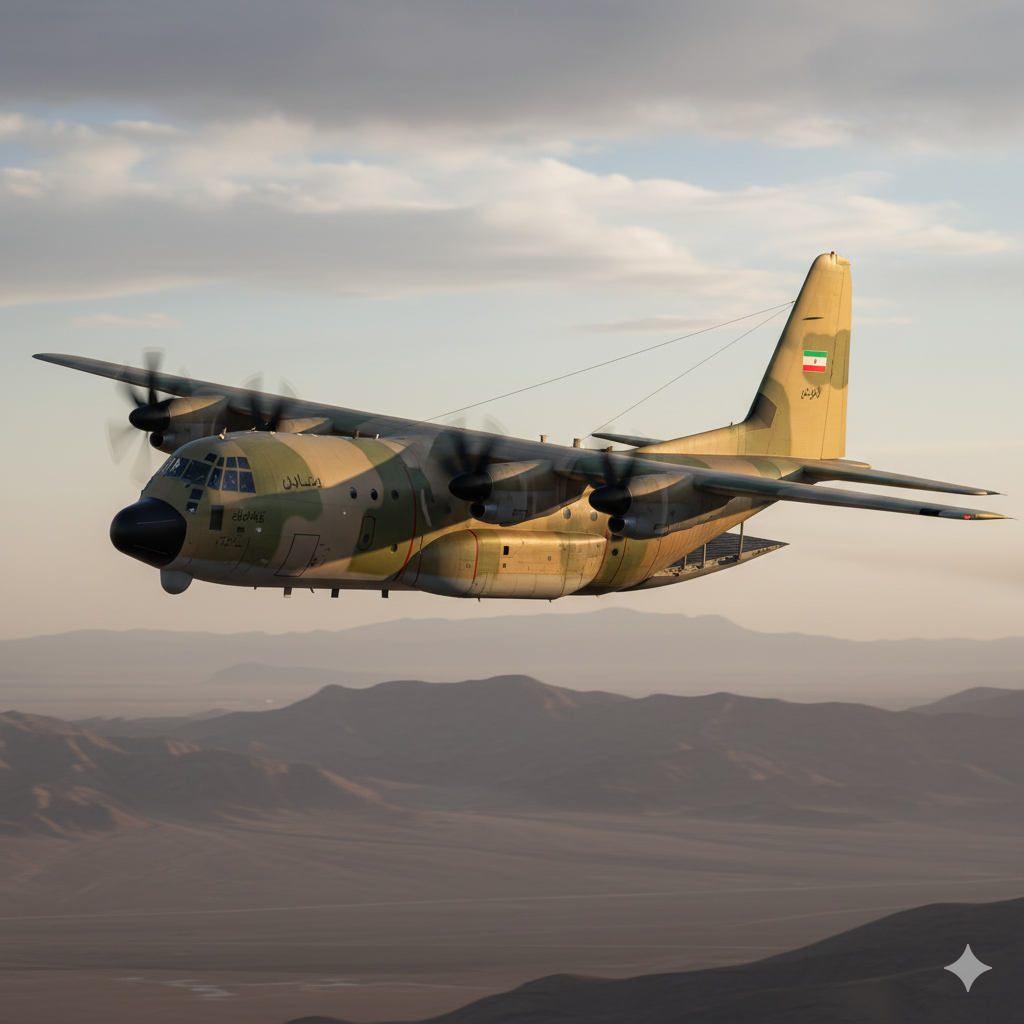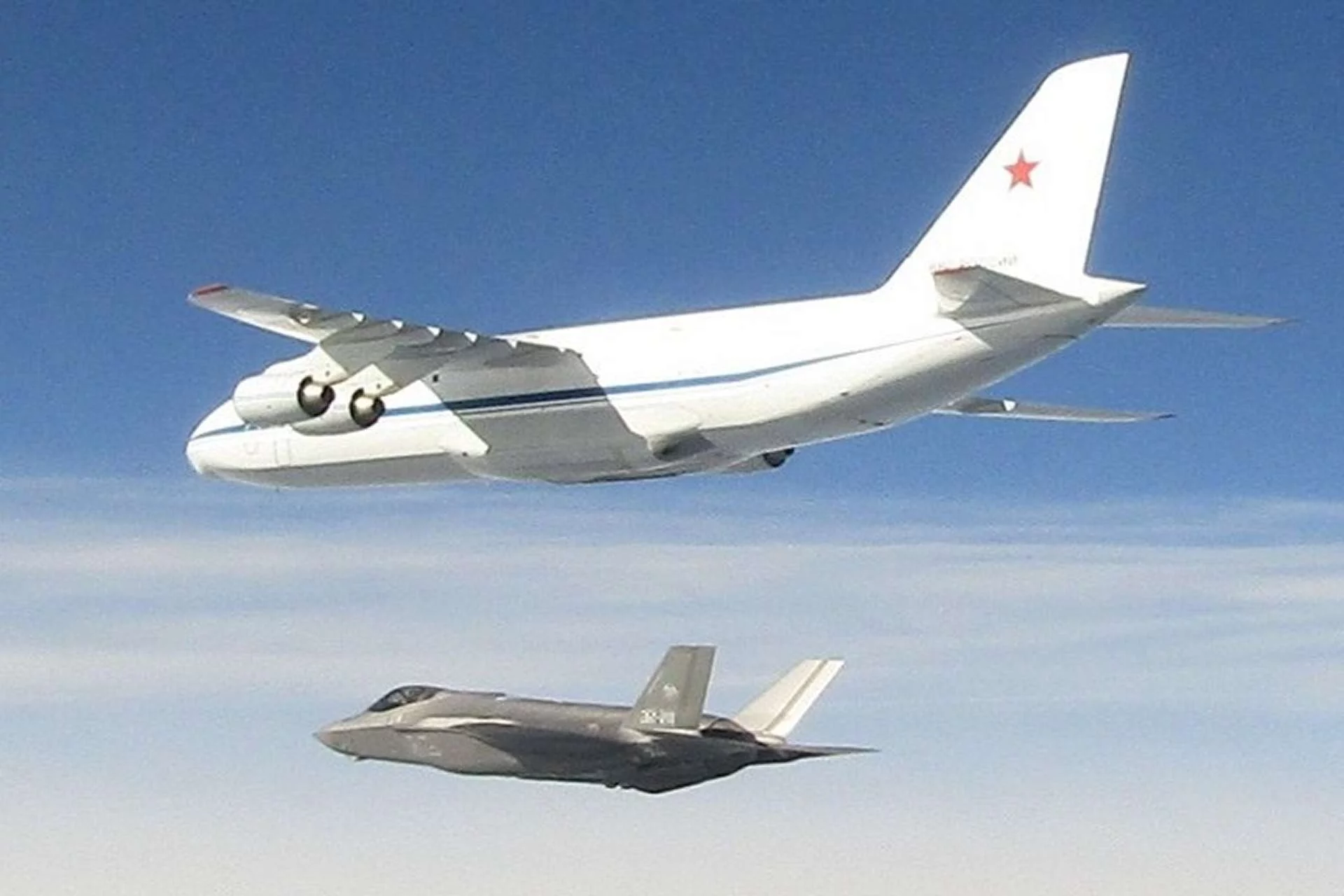In a significant development for its defense capabilities and aviation industry, Iran has announced the maiden flight of its new Simorgh transport aircraft. This domestically developed platform is poised to take on the crucial role of replacing the nation’s aging fleet of C-130 Hercules, a workhorse that has served the Iranian military for decades but is increasingly difficult to maintain due to international sanctions. The Simorgh’s emergence is not just about a new plane; it symbolizes Iran’s persistent drive for self-sufficiency in critical defense sectors, underscoring its determination to overcome external pressures through indigenous technological development.
For years, Iran’s military aviation has operated under the shadow of stringent international sanctions. These restrictions have severely limited access to modern aircraft, spare parts, and maintenance support for its existing fleet, much of which dates back to before the 1979 revolution. The C-130 Hercules, acquired in considerable numbers during that era, has been a cornerstone of Iran’s air transport capability, responsible for everything from troop movements to logistical supply and humanitarian aid missions. However, keeping these aircraft operational has become an increasingly complex and costly endeavor, relying heavily on ingenuity, reverse engineering, and, at times, illicit procurement networks.
The Simorgh, named after a mythical Persian bird, represents a strategic pivot. It’s an ambitious attempt to bypass these limitations by developing a homegrown solution. While specific design details and performance figures are typically guarded, the stated objective of replacing the C-130 suggests an aircraft designed for robust short-to-medium range tactical airlift. This would entail characteristics such as:
- Cargo Capacity: The ability to carry substantial payloads, including vehicles, equipment, and troops, similar to the C-130’s versatility.
- Rough Field Capability: Likely designed to operate from unpaved or semi-prepared runways, a common requirement for tactical transport.
- Turboprop Power: Given the C-130’s design and the cost-effectiveness for tactical transport, it’s probable the Simorgh utilizes turboprop engines, which offer good fuel efficiency and performance at lower altitudes.
- Modular Design: Potentially incorporating a flexible cargo bay that can be reconfigured for different missions, including medical evacuation or special operations.
The development and successful first flight of the Simorgh underscore Iran’s considerable investment in its domestic aerospace and defense industries. Faced with external constraints, the nation has poured resources into nurturing its engineering talent and manufacturing capabilities. This approach aligns with a broader national strategy of “resistance economy,” aiming to build resilience against sanctions by fostering internal production and technological independence.
The implications of the Simorgh’s introduction are far-reaching. For Iran’s military, it promises to enhance air mobility, logistics, and overall operational flexibility. A reliable, domestically produced transport aircraft can ensure the sustained movement of forces and materiel across Iran’s vast territory and into regional theaters, reducing reliance on the aging C-130s and mitigating vulnerabilities caused by their dwindling serviceability. It also signifies a step towards greater strategic autonomy, reducing the leverage that sanctions exert over its defense planning.
Moreover, the Simorgh project has a symbolic significance. It showcases Iran’s technical prowess and its ability to overcome significant technological hurdles. This achievement can bolster national pride and serve as a powerful message both internally and externally: that Iran can and will develop the capabilities it deems necessary for its national security, regardless of international pressure. It also creates employment and develops advanced skills within its industrial base.
While the Simorgh’s operational capabilities and production scale will be critical factors to watch, its inaugural flight marks a tangible achievement in Iran’s quest for aerospace self-reliance. It represents a significant step in mitigating the impact of sanctions on its military airlift capabilities and strengthening its indigenous defense industrial base. As Iran continues to navigate a complex geopolitical landscape, the Simorgh will undoubtedly become a vital asset in its efforts to project influence and secure its strategic interests in the region.




